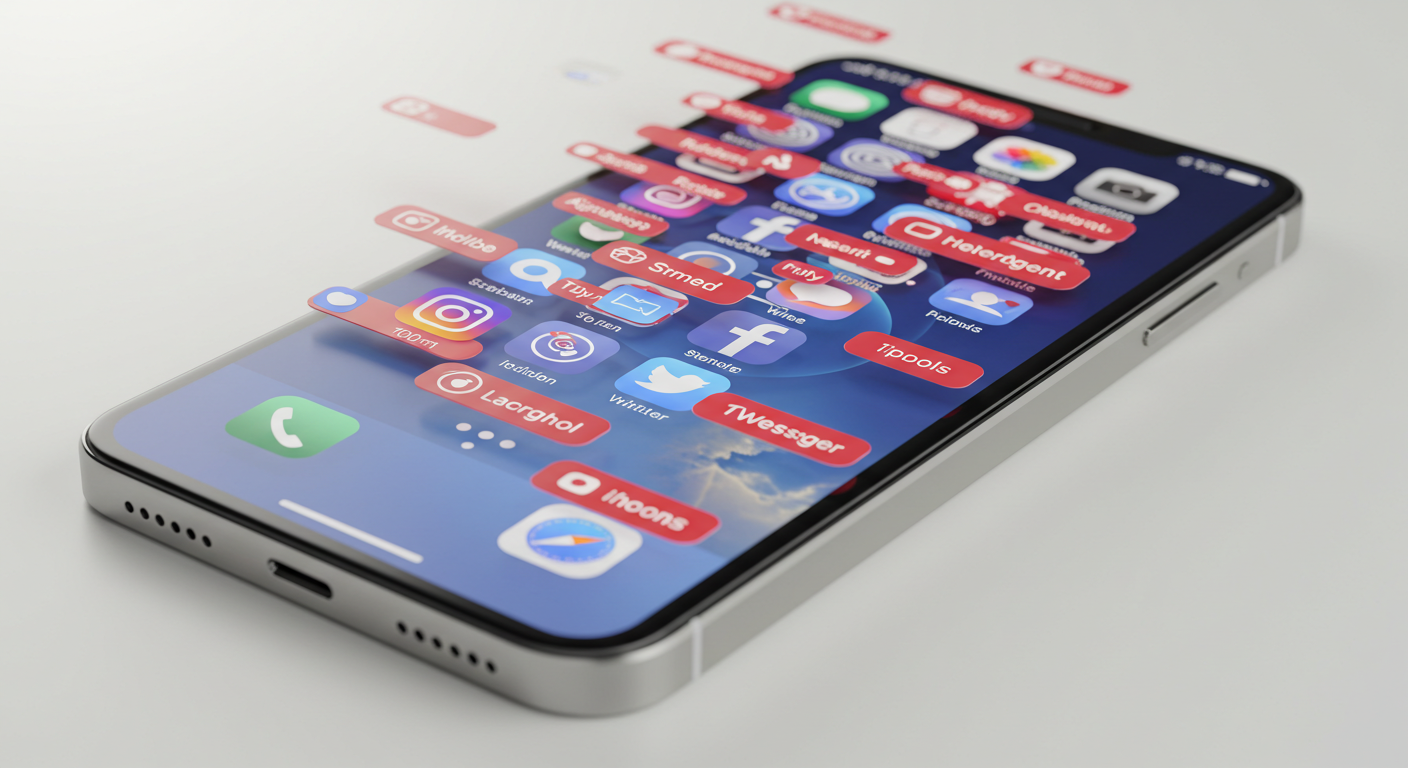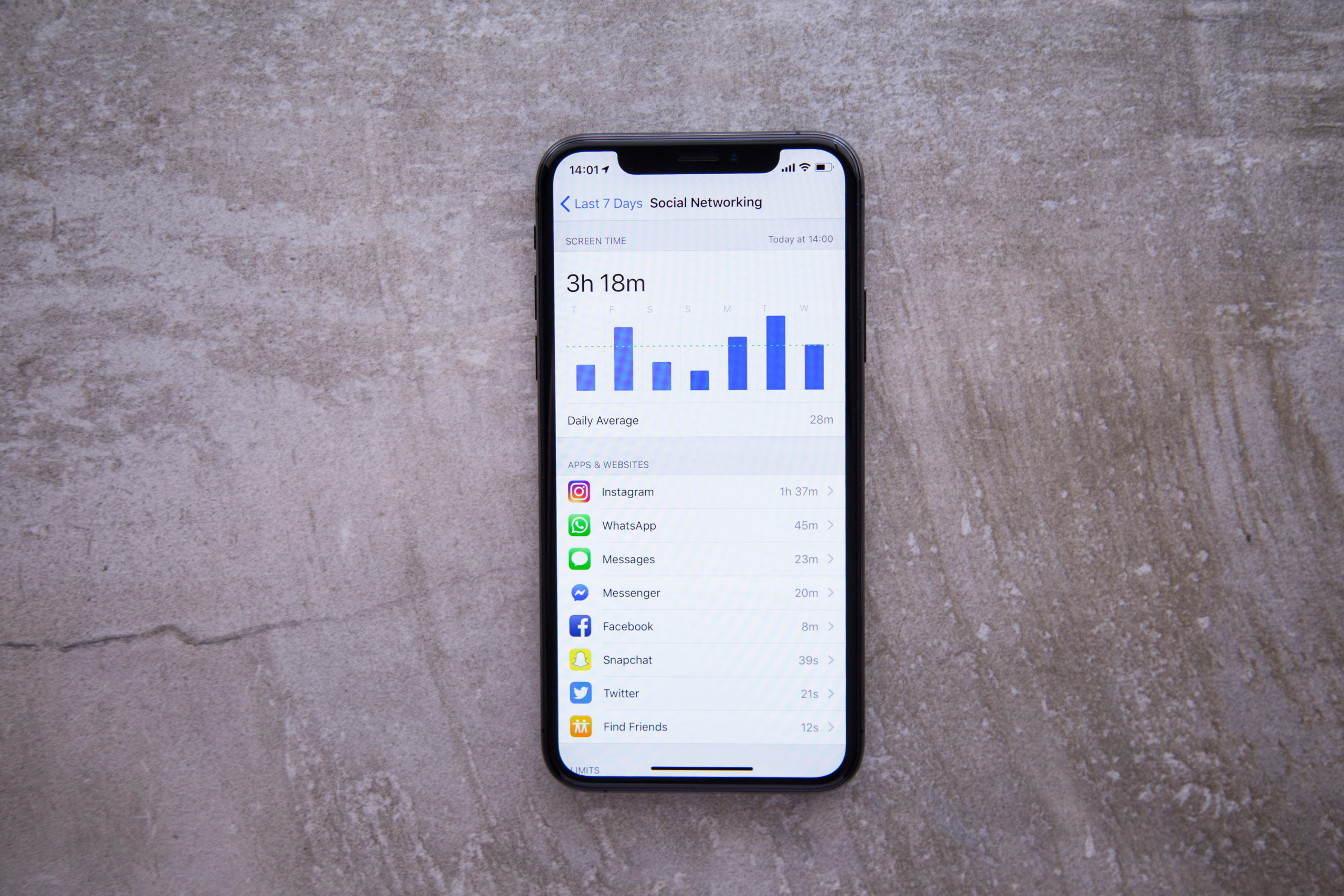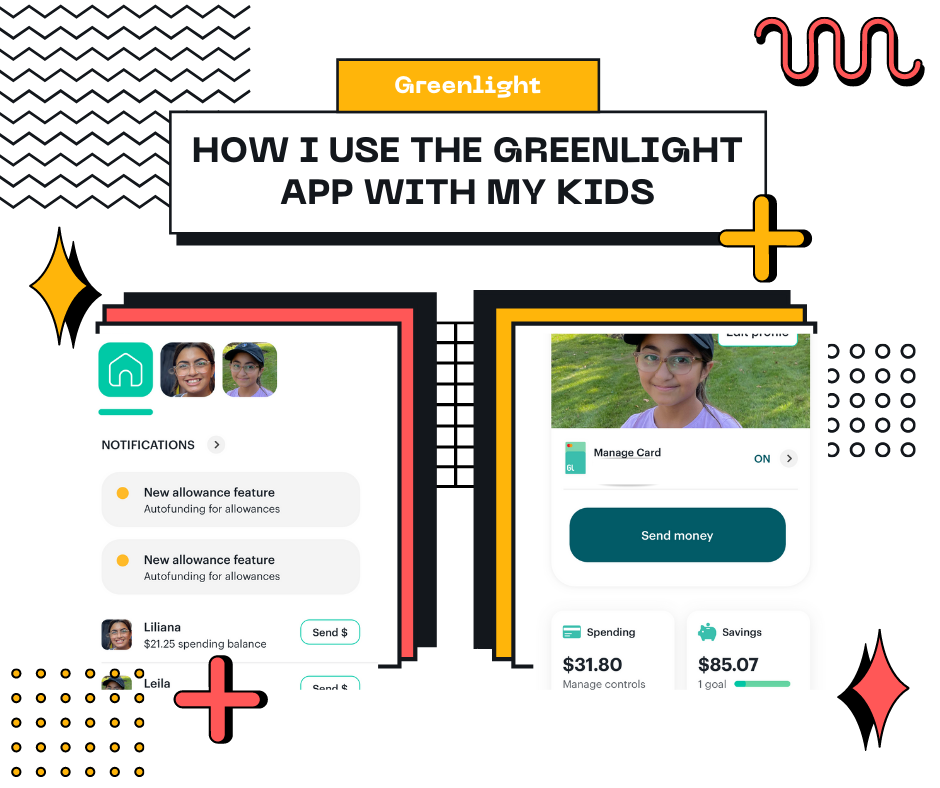
Published in: Family
The Impossible Balance: Protecting Teens in a Social Media World
As a father of four girls – 16, 14, 12, and 8 – I’ve made some tough calls about social media that haven’t always been popular in my house. My oldest two daughters are only allowed to use Snapchat. No Instagram. No TikTok. And believe me, I’ve heard every argument about why this is “totally unfair” and how I’m “literally the only dad” who’s this strict.
My 12-year-old just got her first phone as she started middle school – not because we felt she was ready, but because we had no choice. With schools mandating the use of PowerSchool, Canvas, and Google Classroom, a device became a requirement for basic academic participation. But it came with clear boundaries: no social media apps. My 8-year-old? She won’t get an iPhone until middle school, though she’s already using iPads and Chromebooks for classwork. Even at her age, screens have become an unavoidable part of education. Between homework and classroom activities, she’s getting plenty of screen time without adding social media to the mix.
The School Tech Dilemma
Here’s the reality many parents aren’t prepared for: schools are inadvertently accelerating our kids’ entry into the digital world, starting as early as elementary school. My 8-year-old is already navigating iPads and Chromebooks for basic classwork. By middle school, they’re juggling multiple platforms just to keep up with their assignments.
When my 12-year-old needs to check PowerSchool for her grades, access Canvas for assignments, and use Google Classroom for homework, saying “no” to a phone isn’t really an option anymore. The tools meant to enhance education have become our children’s gateway to the broader digital world – ready or not.
Why I Drew a Hard Line
Let me be clear: I’m not some tech-phobic parent stuck in the past. I believe AI technology and digital tools are vital for our kids’ futures – they need to learn to use them effectively. But that’s exactly why I’m so careful about social media specifically. I know Snapchat isn’t perfect – far from it. But as a parent in 2025, I’m faced with an impossible choice: risk total social isolation for my teenagers, or allow some controlled connection to their peer group. That’s why I’ve limited my older girls to just Snapchat. Yes, it has its problems, but with proper monitoring, it at least lets them maintain real friendships without falling into the endless rabbit holes of TikTok and Instagram’s algorithms.
Look, I hate that this is the choice we have to make as parents. Either cut our kids off completely from their social circles (try explaining to a 16-year-old why she can’t join ANY group chats), or choose the least harmful option and monitor it like hawks. It’s not ideal, but it’s the reality of raising teenagers today.
Here’s what most parenting articles don’t tell you: this isn’t a one-time battle you win or lose. It’s an ongoing negotiation that happens almost daily. The pushback has been constant, especially with my 16-year-old. It’s a weekly battle about her deleted Instagram account, peppered with the classic teenage argument that “literally everyone else” has one. I can’t count how many times I’ve heard about some event or moment she’s “missing out on” because she’s not on Instagram or TikTok. My 14-year-old, thankfully, isn’t fighting the rules as hard right now – though any parent knows that could change at any moment.
Why Even Strict Limits Aren’t Enough
Despite these strict boundaries, I’m in a constant game of whack-a-mole with workarounds. They try to hack the iOS parental restrictions. They negotiate for “just a few more minutes” of screen time every single day. Friends send them TikTok videos through iMessage as a backdoor. They borrow friends’ phones to scroll through Instagram. The constant pressure to maintain streaks, the anxiety about who’s hanging out without them, the compulsive checking of their phones – we’re talking 400+ notifications per day – and this is with just one app.
Think about that for a second – these are good kids who follow other rules, but the pull of social media is so strong they’re actively looking for ways around every restriction I put in place. The fact that they’re trying to hack parental controls and find technical workarounds should tell us everything we need to know about how these platforms are designed. They’re not just engaging – they’re addictive by design.
The Real Problem
The issue isn’t just about screen time or access – it’s about how these platforms are fundamentally designed. They’re built to be addictive, to keep our kids scrolling, sharing, and coming back for more. The algorithms are specifically engineered to exploit teenage vulnerabilities: their need for social acceptance, their fear of missing out, their developing sense of identity.
I’ve watched this play out in my own home:
- My 16-year-old obsessing over her Snapchat score and streaks, as if these arbitrary numbers somehow measure her friendships
- My 14-year-old feeling left out when she sees group photos from gatherings she wasn’t invited to
- My 12-year-old already feeling the pressure to get more social apps because “everyone talks about things on there”
A Better Way Forward
Based on my experience as a father watching this unfold, here’s what I believe needs to change:
1. Age-Appropriate Platform Design
Social media companies need to create true teen versions of their platforms – not just content filters, but completely different experiences. For users under 18:
- No algorithmic feeds
- No endless scroll features
- No arbitrary engagement metrics (likes, streaks, scores)
- Limited daily notification allowances
- Real identity verification
2. Meaningful Parental Controls
We need tools that actually work:
- Detailed activity reports that show interaction patterns
- Real-time alerts for concerning behaviors
- Ability to set meaningful limits that can’t be easily circumvented
- Better coordination between parents to enforce consistent boundaries
4. School Policy Reform
Right now, in my own district, we’re fighting an uphill battle just to get basic phone restrictions implemented during school hours. It’s maddening – we have Board of Education members who are completely disconnected from the reality in classrooms, asking for “more data” and citing “student rights” while teachers and parents watch kids struggle with addiction-like behaviors. These are the same students who can’t go 40 minutes without checking their phones, who are filming TikToks in bathrooms, who are messaging each other during lessons.
Our schools need to:
- Implement and enforce clear phone-free policies during class hours
- Provide secure phone storage solutions
- Stop hiding behind liability concerns and “parent contact” excuses
- Recognize that “student rights” don’t extend to unfettered access to addictive platforms during learning time
5. Education Integration
If schools are requiring digital device usage, they need to be partners in this:
- Digital literacy courses that address social media specifically
- Clear boundaries between educational and social platforms
- Support for parents trying to maintain healthy limits
- Resources for families navigating these challenges
- Training for teachers and administrators on managing digital distractions
- Clear policies distinguishing between educational technology and personal devices
The Bottom Line
Every night, I check on my girls before bed. My 16-year-old is invariably on Snapchat while “doing homework” – a claim that’s become a running joke in our house. My 14-year-old, thankfully, is showing more responsibility with her phone use right now. My 12-year-old hands over her phone to us at bedtime without argument – a boundary we established from day one. And my 8-year-old? She’s in bed by 8, as elementary schoolers should be. Looking at this nightly routine, I wonder if I’m making the right calls – but at least with the younger ones, I can see how setting clear boundaries early makes a difference.
But here’s what I know: The current system isn’t working. Not for our kids, not for parents, and not for society. We need social media companies to step up and acknowledge their responsibility in this crisis. We need them to rebuild their platforms with teenage well-being in mind, not just engagement metrics and advertising revenue.
To other parents: We can’t just complain about this around the dinner table anymore. Our kids need us to demand change. Real change. Not just better filters or parental controls, but a fundamental shift in how these platforms work for young users.
To social media companies: I’m not just a concerned parent writing an article. I’m a father of four girls who sees the real impact of your platforms every single day. You can do better. You must do better. Our children’s mental health depends on it.
The solutions I’m proposing aren’t about returning to some pre-internet utopia. They’re about creating a social media environment that serves our kids rather than exploits them. Because at the end of the day, my restrictions on my own daughters can only do so much. What we need is systemic change.
And to my daughters, who will probably roll their eyes if they ever read this: Dad’s just trying to figure out how to keep you safe in a world that’s changing faster than anyone can keep up with. Sometimes that means making unpopular decisions. Sometimes that means being “the only dad” who says no. But it always means putting your well-being first – even when you think I’m ruining your life.


